How to Test Your Combustible Gas Detectors Effectively?
In many countries, combustible gas detectors are essential safety equipment in industrial sites, residential environments, and commercial areas. They promptly sound alarms during gas leaks, preventing severe accidents like explosions and fires. However, simply installing a detector is insufficient—regular, effective performance testing is crucial. Below, Yiyuntian Eranntex details how to effectively test your combustible gas detector.
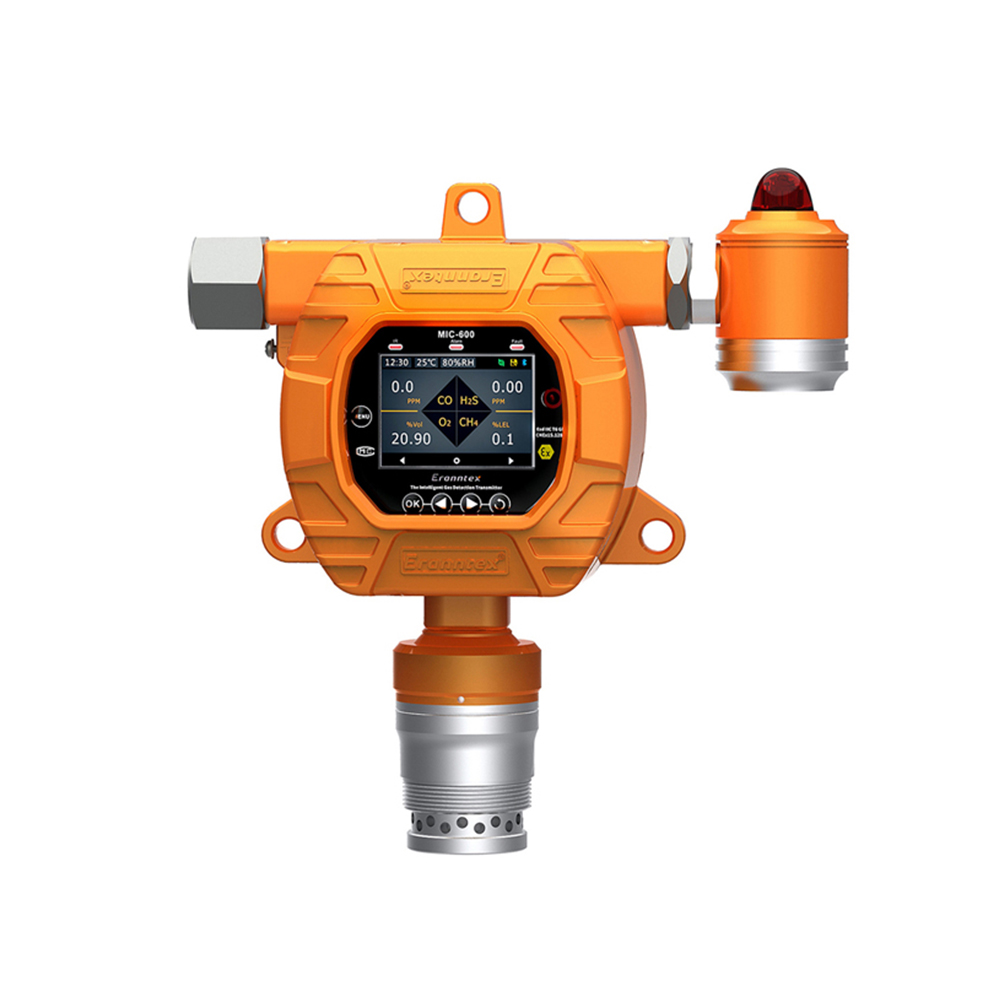
1.Understand the Testing Cycle
Different types of combustible gas detectors and varying usage environments dictate distinct testing cycles. Generally, household detectors should undergo a simple test monthly and a comprehensive inspection every six months. In industrial settings, where gas leakage risks are higher, testing frequency should be more frequent—potentially requiring weekly or even daily basic checks, with monthly full calibration tests. Adhering to the manufacturer's recommended testing schedule is fundamental to ensuring your detector remains in optimal working condition.
2.Prepare Testing Tools
Conducting detector testing requires several essential tools. The most common is a standard test gas, containing a specific concentration of combustible gas components. This gas simulates real-world leak scenarios to verify the detector's sensitivity and alarm functionality. Additionally, a gas spray gun or gas release device is needed to uniformly and steadily disperse the test gas around the detector. A record sheet should also be prepared to document each test's time, test gas concentration, detector response, and other data for subsequent analysis and tracking of performance changes.
3.Basic Visual and Functional Inspection
Before conducting gas testing, perform a visual and basic functional inspection of the combustible gas detector. Check the detector housing for damage, cracks, or corrosion, which could compromise its seal integrity and normal operation. Verify the detector's installation location is correct and positioned away from ventilation openings, heat sources, or other areas that may interfere with detection results. Next, test the detector's power supply and indicator light functions. Ensure the power connection is stable and that indicator lights accurately display the detector's operational status, such as power-on and fault alarms.
4.Conducting Gas Testing
This is the critical step in testing the combustible gas detector. First, connect the test gas to a gas spray gun or release device. Following the manufacturer's instructions, release the test gas at the appropriate flow rate and concentration near the detector. Avoid spraying gas directly onto the sensor to prevent damage. Observe the response time: the interval from gas release to the alarm signal must fall within the specified response time range. Simultaneously, verify that the alarm sound is clear and loud, and that the visual alarm is prominent, ensuring it can promptly attract attention during emergencies.
5.Data Analysis and Calibration
After each test, carefully analyze and record the data. If the detector fails to respond promptly or exhibits insufficient alarm intensity during testing, further inspection and calibration may be required. Many detectors feature built-in calibration functions. Use standard test gases and calibration tools to adjust sensitivity and alarm thresholds, restoring the device to optimal performance. If the detector still malfunctions after multiple calibrations, contact the manufacturer or a professional technician for replacement or repair.
6.Seek Professional Assistance
If you are unfamiliar with the testing and calibration process or encounter complex malfunctions, do not hesitate to seek professional help promptly. Many regions have specialized safety equipment inspection companies or maintenance service providers. These entities employ skilled technicians and utilize advanced testing equipment to deliver comprehensive, accurate inspection and maintenance services for your gas detector.
By conducting regular and effective inspections of your gas detector, you can ensure it performs reliably when it matters most, providing dependable safety assurance for your living and working environments.
Related information
-
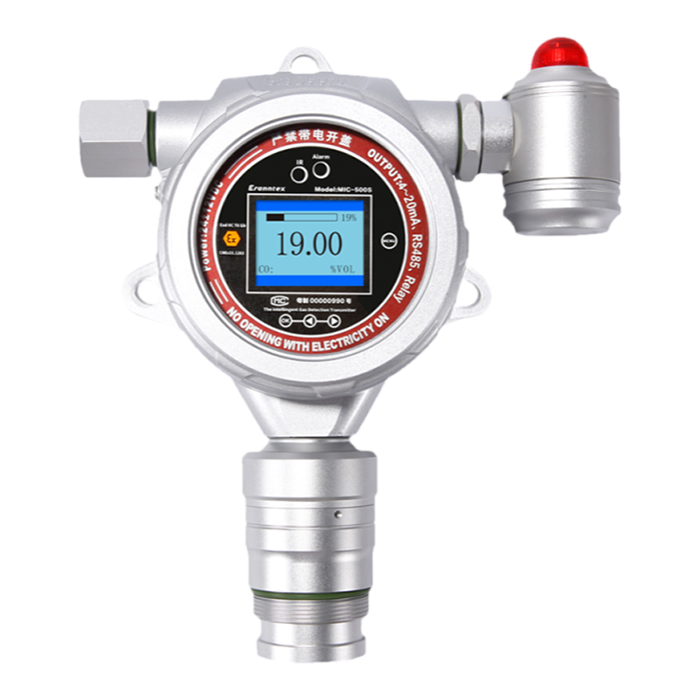
Combustible Gas Detectors: Your First Line of Defense
In today\'s society, whether in cosy domestic settings, bustling industrial environments, or challenging outdoor work zones, combu...
2025-10-31 -

How to Test Your Oxygen Detectors Effectively?
In today\'s society, where safety and health are paramount, oxygen detectors serve as vital equipment safeguarding us from the d...
2025-10-29 -

Oxygen Detectors: Your Key to a Safer Environment
In the global pursuit of safety and healthy living, oxygen detectors are increasingly becoming indispensable equipment for safeg...
2025-10-27 -
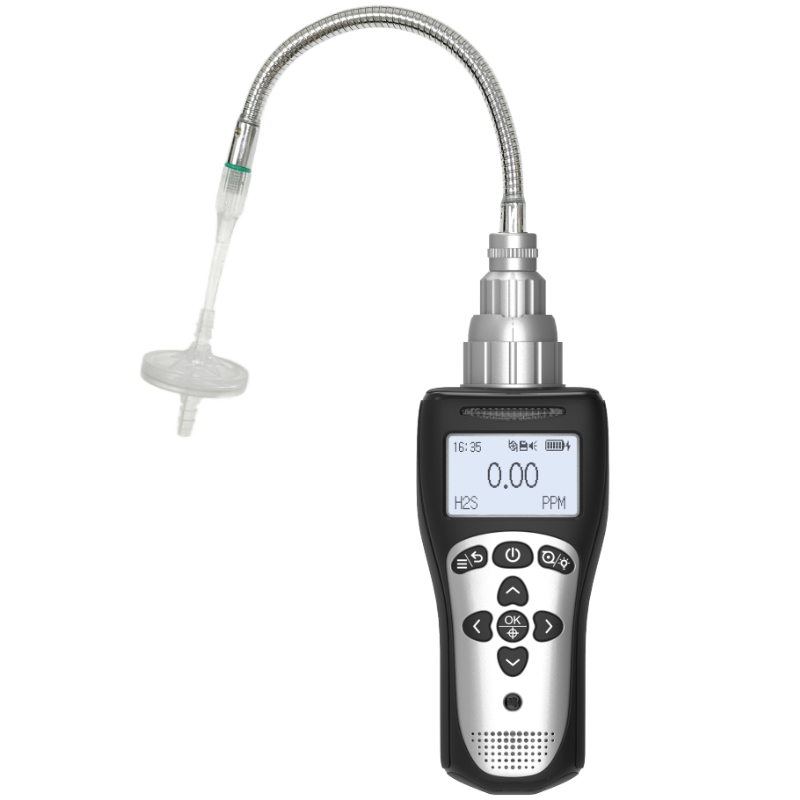
6 Types of Oxygen Detectors You Should Know About
In countless industrial, commercial, and research settings, oxygen serves as both the source of life and a potential hazard. Insuf...
2025-10-24 -

How Often Should You Replace Your Oxygen Detectors?
In today\'s society, oxygen detectors play a vital role across industrial production, underground operations, and specific domesti...
2025-10-22

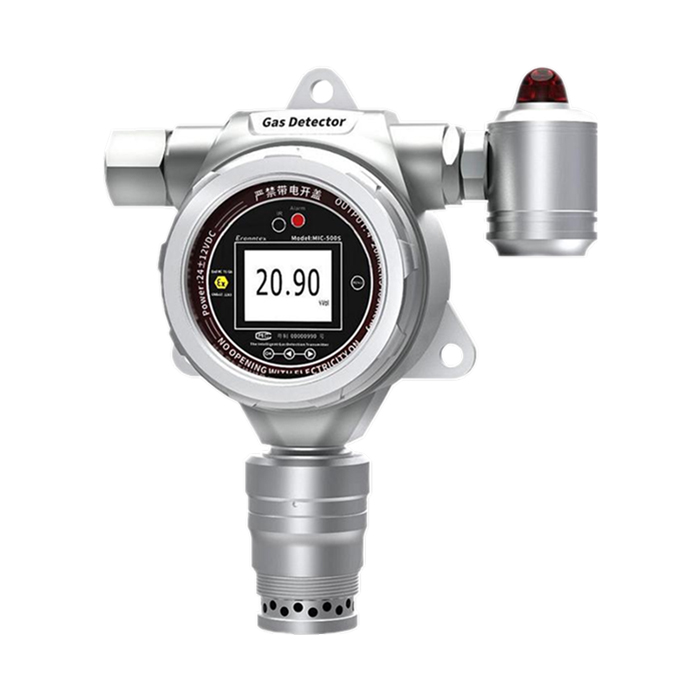
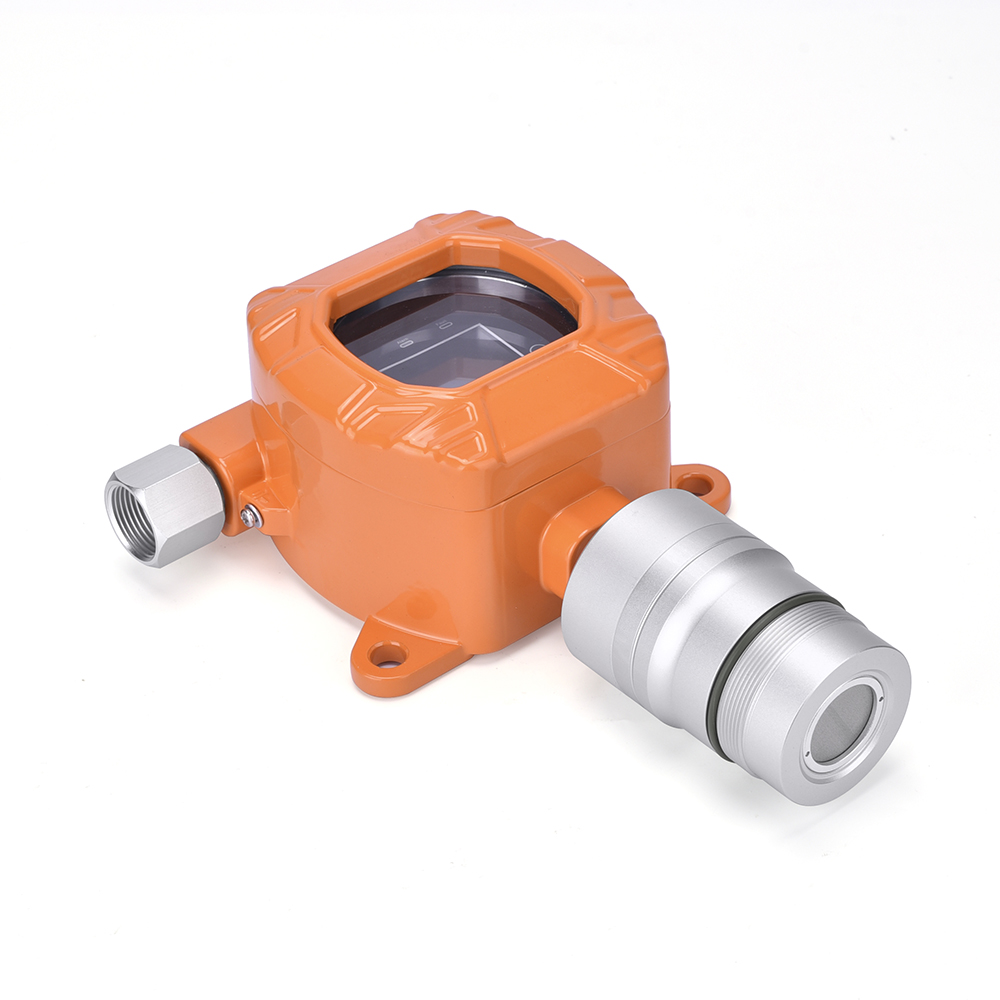
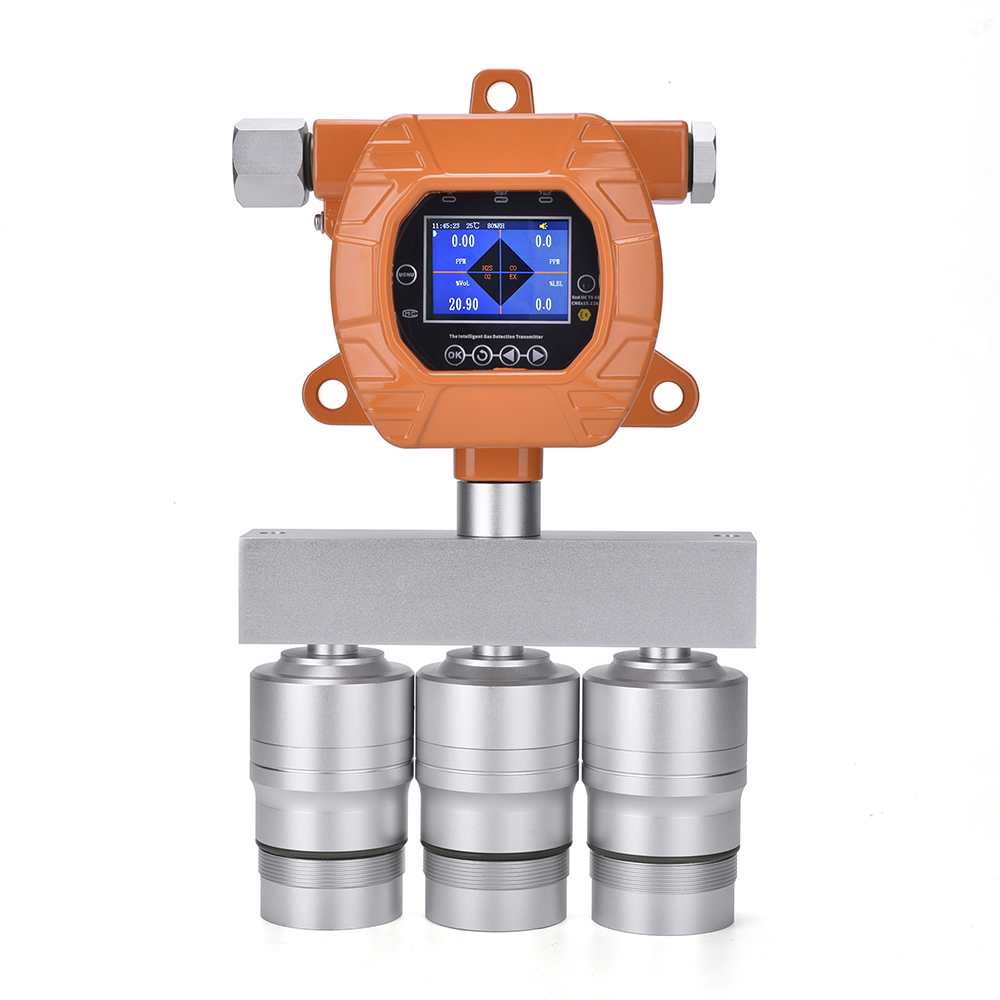

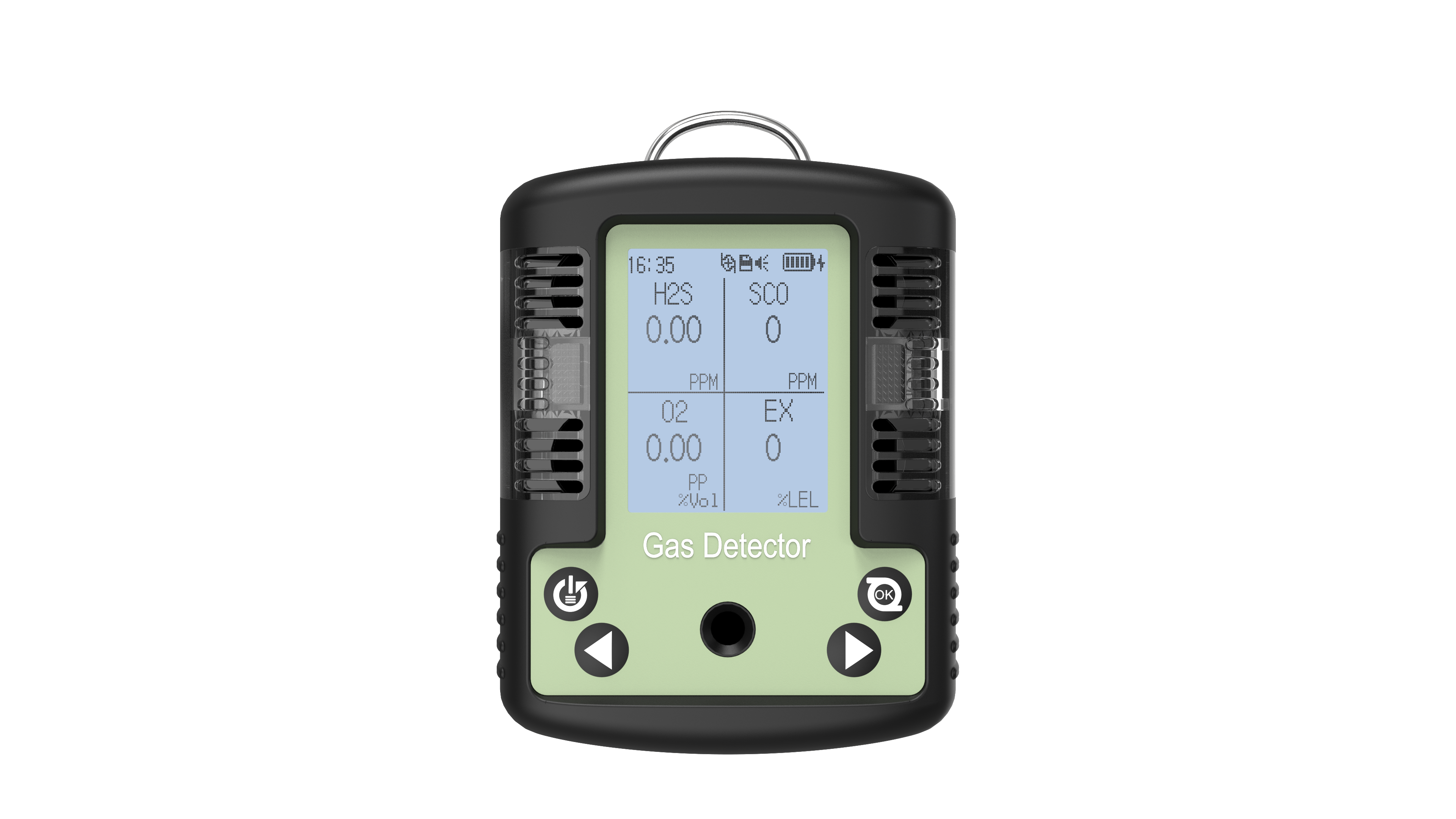

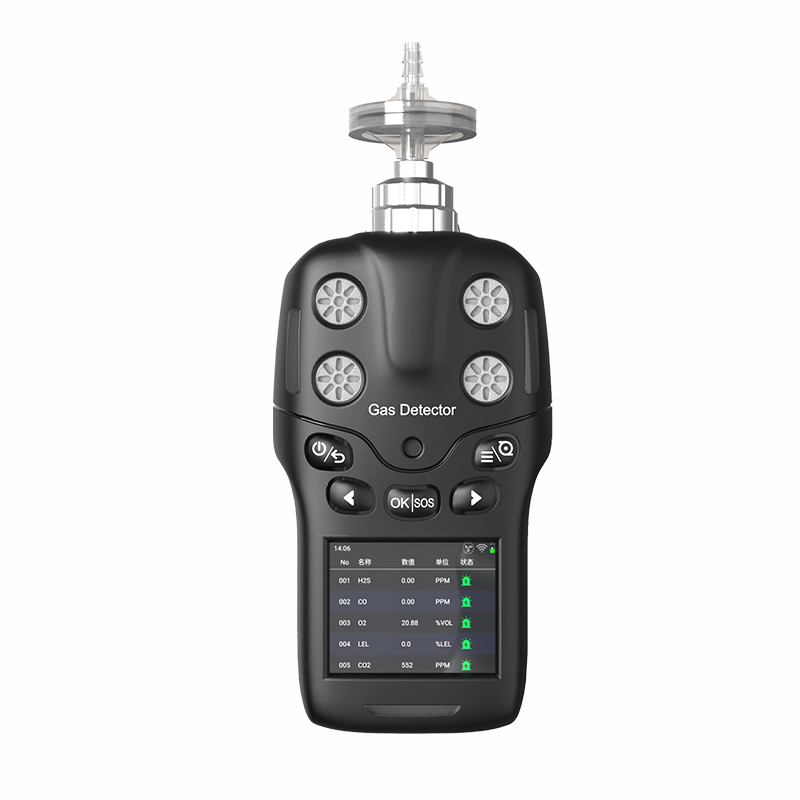

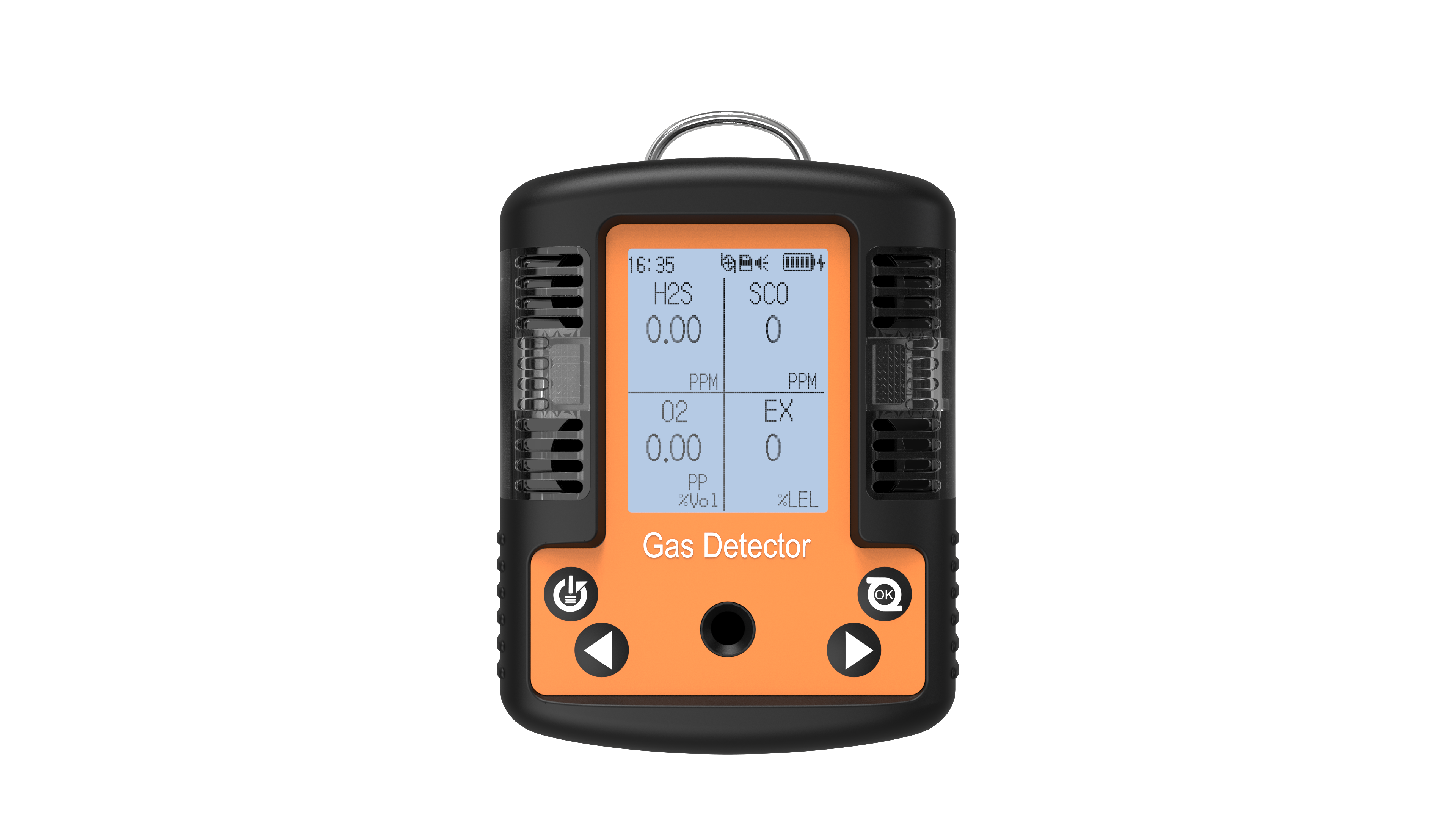
 info@eranntexgas.com
info@eranntexgas.com


 13480931872
13480931872